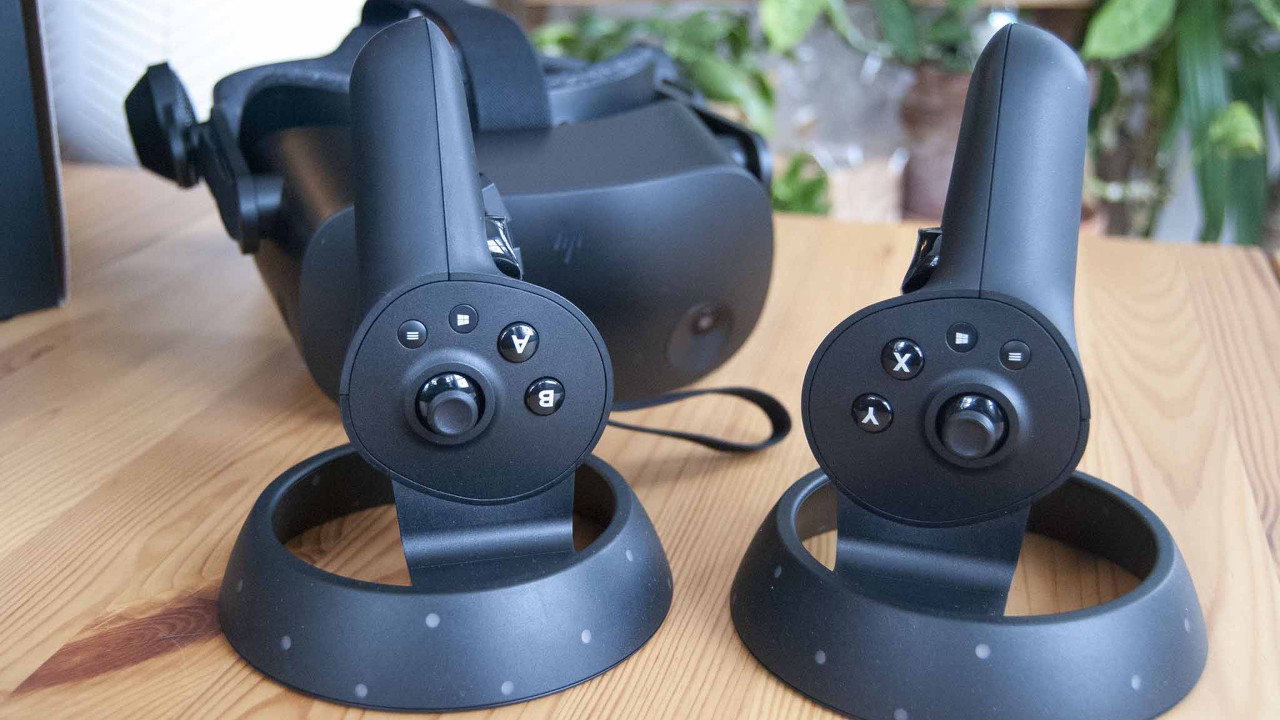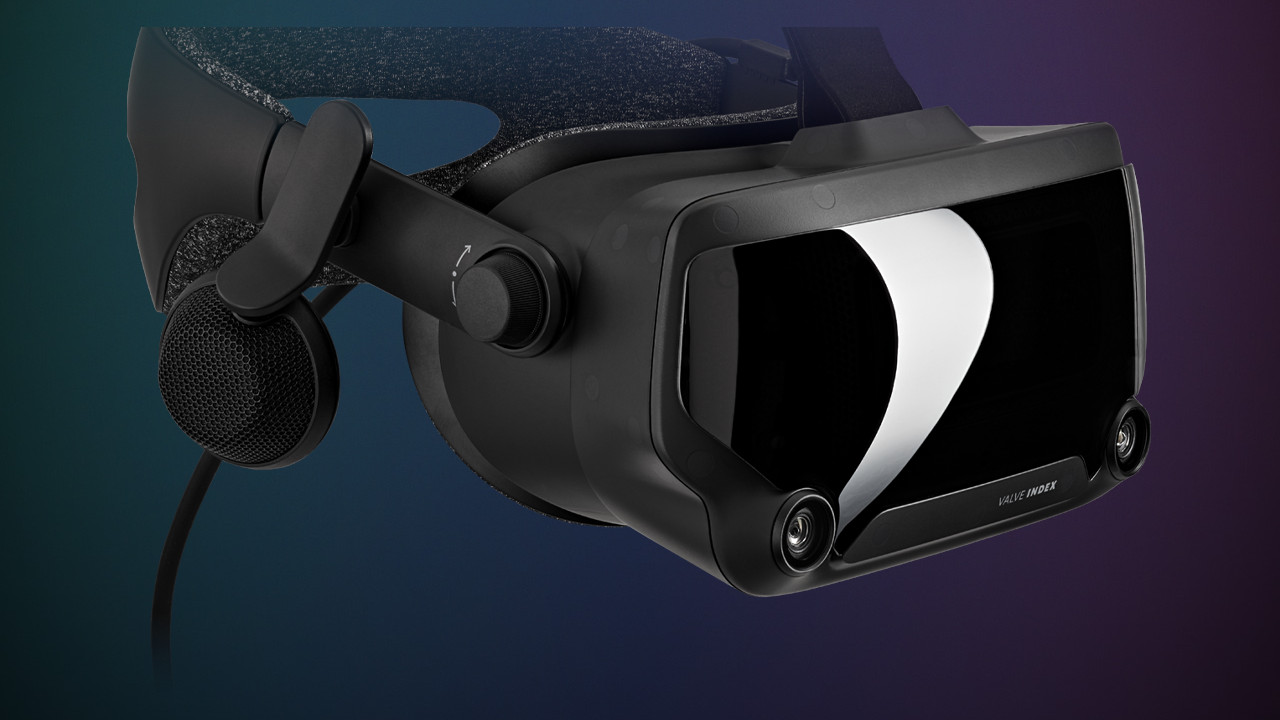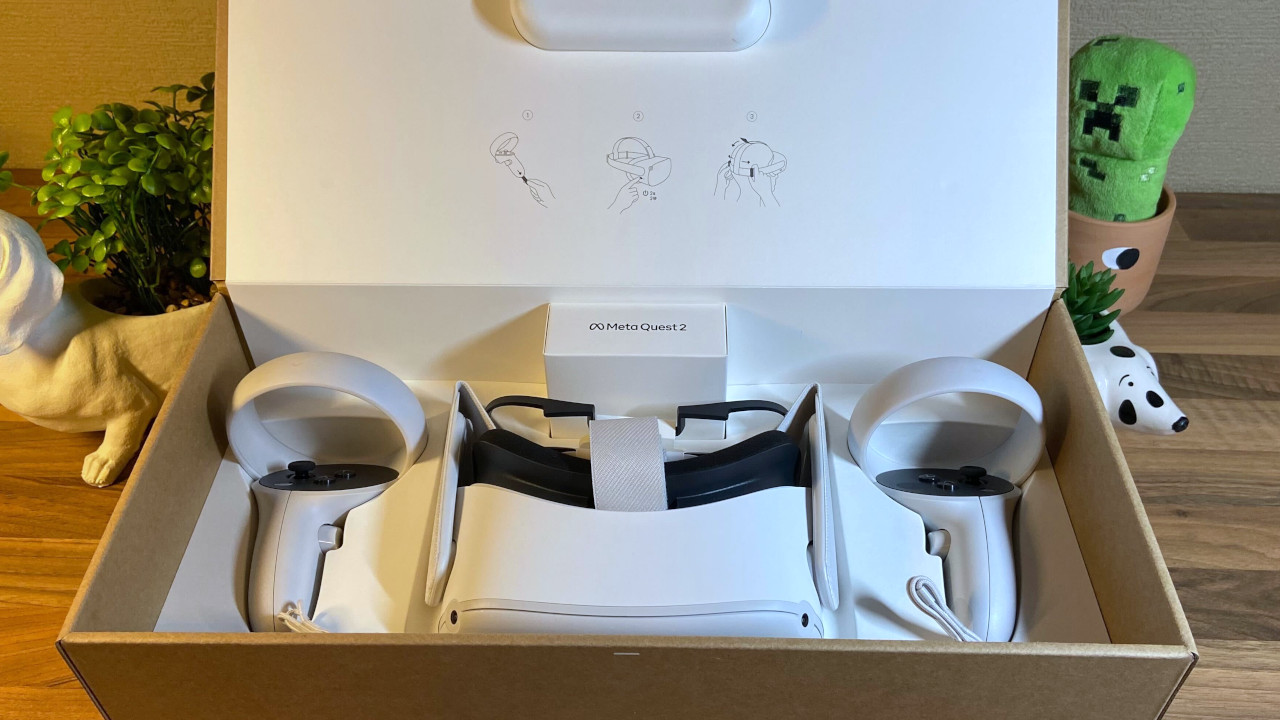Microsoft Flight Simulator 2020 added support for the best VR (virtual reality) headsets on PC with an update shortly after launch. Players can experience immersive aviation adventures with a suitable VR package and a computer exceeding the minimum specifications, taking flight around the globe with real-time weather effects and air traffic. The game officially supports a range of options from brands such as Meta, HTC, and Valve, but choosing the best headset can be tricky for newcomers.
It’s a thrilling experience to sit in a virtual cockpit with Microsoft Flight Simulator, but playing in VR is usually more demanding on PC hardware. Most VR headsets also include handheld peripherals intended as your primary input, but plenty of budding virtual pilots will likely spring for a USB-powered flight stick or yoke. So if the actual headset is the critical piece for flying in VR, which is the best for Microsoft Flight Simulator?

Whereas the Valve Index is a complete package with external tracking and the best motion controllers around, the HP Reverb G2 focuses heavily on the headset experience. If you’re sitting at a desk with your hands on the best yoke for Microsoft Flight Simulator, this might be all that matters.
The Reverb G2 has dual 2.89-inch LCDs, each with a resolution of 2160×2160. That’s a combined 4320×2160 resolution, which completely blows the Index away. IPD adjustments are manual, allowing you to get a great viewing experience.
HP updated its Reverb G2 in late 2021, adding a new face gasket for eye relief adjustments and broader FOV, as well as better controller tracking. The “G2-V2” (as many are calling it) also received a new cable with an updated link box and better compatibility with AMD systems. The native FOV is a bit narrower than the Index at around 90 degrees and the refresh rate tops out at 90Hz; still, these specs require a powerful PC to achieve.
Valve helped HP design the Reverb G2, so the harness and audio system are familiar to Index users. You’re going to get great sound from the built-in headphones, and the straps are adjustable for extra comfort. There’s no light bleed around the face gasket, and there’s plenty of padding.
The drawback to the Reverb G2 is its motion controllers. They’re not nearly as intuitive as the Index controllers, and they rely on inside-out tracking from the headset. As mentioned, though, you might not be using the controllers much if you’re focusing on Flight Simulator. If you just want the best visuals to experience the world from the air, this is the way to go.

Valve’s Index system is currently the pinnacle of VR. It might not have the same visual fidelity as the HP Reverb G2 — check out our Valve Index vs. HP Reverb G2 article for more info — and it might not offer as much freedom as the Oculus Quest 2. However, the combination of precision tracking, a comfortable headset, and seamless Steam integration makes it a coveted item.
It has dual 3.5-inch LCD displays with a combined resolution of 2880×1600, which is around 1600×1440 per eye. The field of view is a wide 130 degrees, and the refresh rate can hit up to 144Hz. These are some beefy specs achieved with the help of the best desktop PCs for VR.
The Index has a manual interpupillary distance (IPD) adjustment slider as well as adjustable eye relief, both in an attempt to cater to as many people as possible. The headset’s harness has multiple adjustable points so that you can get a comfy fit, and there is high-quality built-in audio. Two base stations handle precision tracking, and the Index motion controllers are the best available. Of course, you might want to check out the best joysticks and flight sticks for Flight Simulator instead.
The Index is available as a complete package for about $1,000, but you can also piece out the purchase if you have existing Vive hardware. This is an expensive way to go, but it’s going to ultimately deliver the most thorough VR experience inside and outside of Flight Simulator.

The Oculus Quest 2 — now known as the Meta Quest 2 after Facebook decided to change its name — sets itself apart from the other VR headsets in this collection with the ability to operate without a PC. It packs in a Snapdragon XR2 processor, 6GB of RAM, and up to 256GB of storage right inside the head-mounted display (HMD). At the front is an LCD display with 1832×1920 resolution per eye, and a built-in battery lasts about two or three hours before needing a charge.
Since we’re focusing on Flight Simulator, you’ll want to add Oculus Link to the package. It’s a specialized USB-C cable that allows you to tether the Quest 2 to your PC, essentially turning it into an Oculus Rift. You’ll get access to Oculus and Steam game libraries, as well as full compatibility with the VR side of Flight Sim. Our collection of the best Quest 2 Link cable alternatives can help save you money if you don’t mind skipping the official Oculus offering.
The Quest 2 comes with updated Oculus Touch motion controllers that rely on inside-out tracking from the headset. They’re comfortable and provide touch-capacitive sensors for a realistic feel. There are a few downsides to the Quest 2. You need a Facebook account to use it, and there’s no manual IPD adjustment. However, if you want an untethered experience that can double up as a VR system for Flight Simulator, this is the way to go.
Bottom line
Why you can trust Windows Central
Our expert reviewers spend hours testing and comparing products and services so you can choose the best for you. Find out more about how we test.
Microsoft Flight Simulator is truly a futuristic gaming experience, made only better with a VR headset. Instead of staring into a monitor, you can inject yourself into a pilot’s chair and take a good look around while you fly across the world. Adding VR to Flight Simulator takes an already PC-intensive game and ramps things up. If you need an upgrade, be sure to check out the best pre-built gaming PCs for Flight Simulator as well as the best gaming laptops for Flight Simulator.
If you already have a gaming PC but haven’t given it any love in a few years, something from our collection of the best graphics cards can add some much-needed power. Stock shortages can still cause issues, but you might get lucky and find something that’s not being scalped for an obscene price.
Any of the above VR headsets will do a great job of wowing you within the game, but the Valve Index is the best full system available for various games. Visuals, audio, controls, and tracking all come together to create something special, and it will be a literal game-changer for all PC activities. If you want the absolute best, this is it.
However, if you’re focusing exclusively on Flight Simulator and don’t care as much about external tracking and motion controllers, the HP Reverb G2-V2 makes it the best overall choice. It delivers the best visual fidelity I’ve ever seen and will turn the streamed world of Flight Simulator into a proper treat.




